
Lot 45
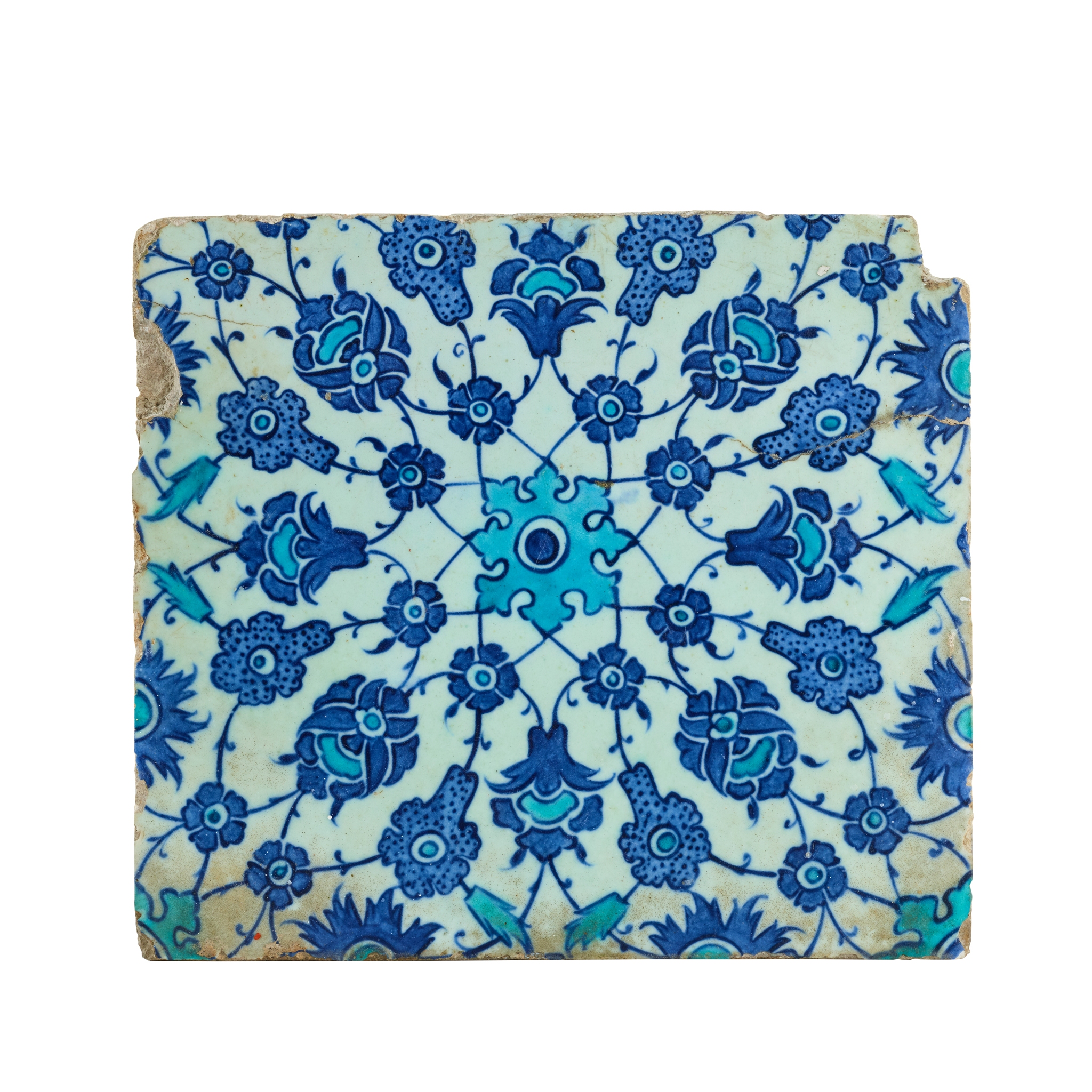
AN IZNIK BLUE, TURQUOISE AND WHITE POTTERY TILE
OTTOMAN TURKEY, CIRCA 1650

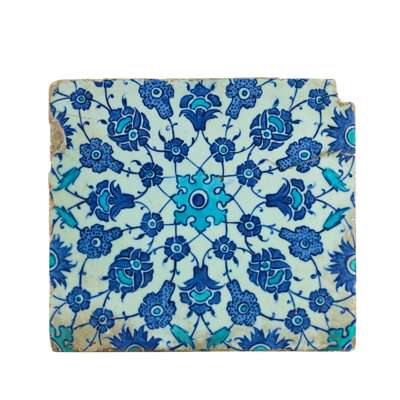

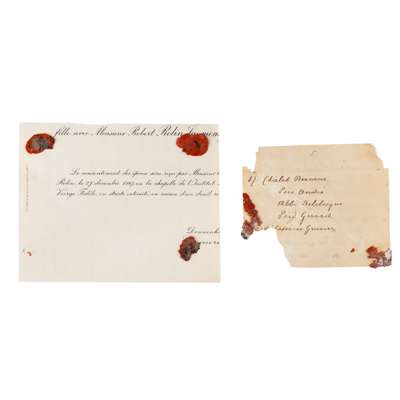


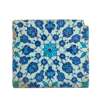

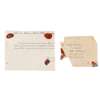

Auction: 11 June 2025 from 10:00 BST
Description
of irregular square form, decorated in cobalt blue and turquoise on a white ground, with a central star-shaped and stylised palmette, from which issue symmetrical and meandering vines comprising spotted flowerheads, small flowerheads and larger palmettes, with double leaves at each side, cut down on one side, verso with remains of red seal wax and two corners of old note paper, accompanied by the original handwritten note that was affixed to the back
Dimensions
25.1cm x 28cm
Provenance
Baron Leon van der Elst (Belgian, 1865-1933).
Count Frederick van der Steen de Jehay (Belgian, 1858-1916).
Henriette de Jourda de Vaux (Belgian, 1865-1946).
Marie-Noelle Kelly (Belgian, 1901-1999); thence by descent.
Footnote
Where the hexagonal tile represented the springtime of Iznik production, and the polychrome tile its full summer bloom, this tile demonstrates the industry’s autumn years. The Sultanahmet Mosque, completed in 1617, was the last major imperial commission of Iznik tiles. The craftsmen were therefore forced to look further afield, exporting large quantities of relatively simple but nonetheless striking blue and white tiles to Cairo. They also provided replacement tiles for use in the Sünnet Odası (Circumcision Room) of the Topkapı Palace (see J. Carswell, Iznik Pottery, 1998, pp. 106-8). A group of comparable tiles are in the Musée du Louvre, where the provenance is given as either Cairo, the Topkapı, or the mausoleum of Hatice Sultan (inv. nos. OA 4047/212-214).









